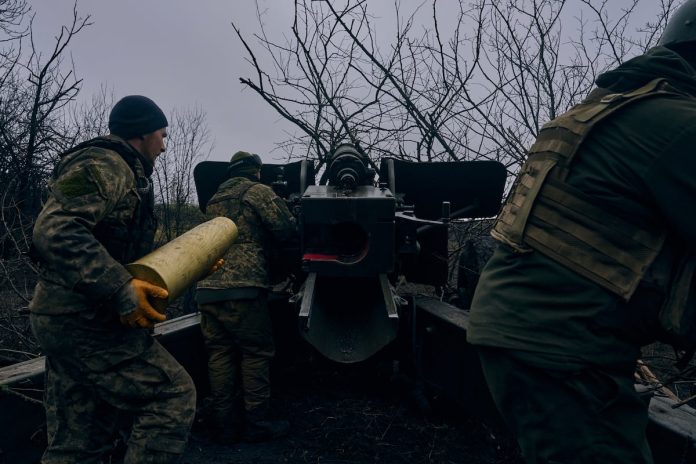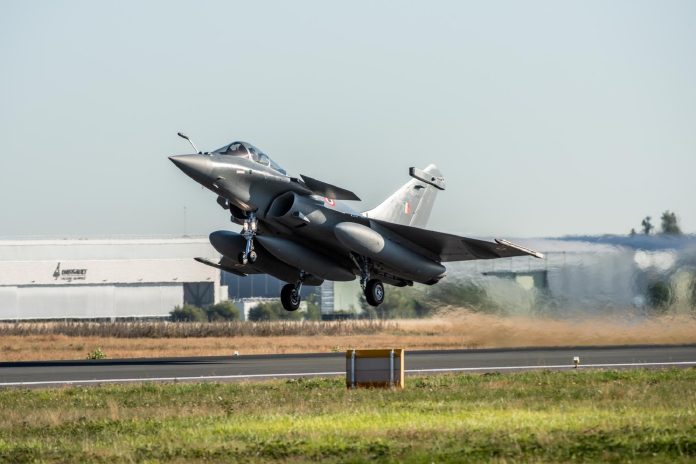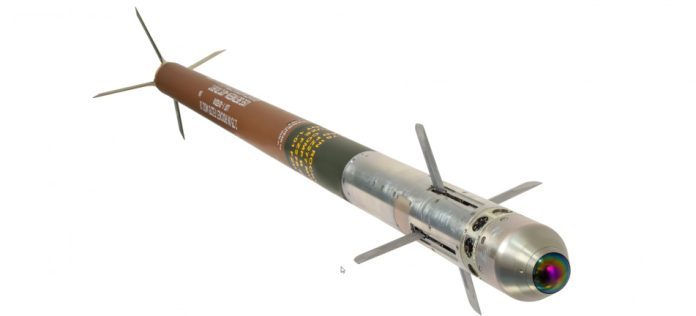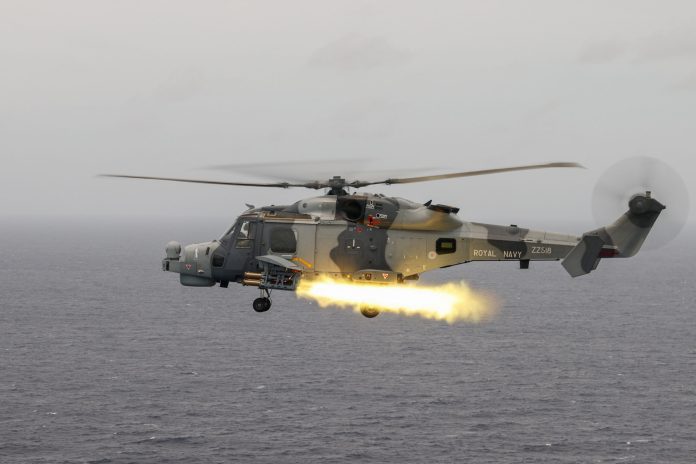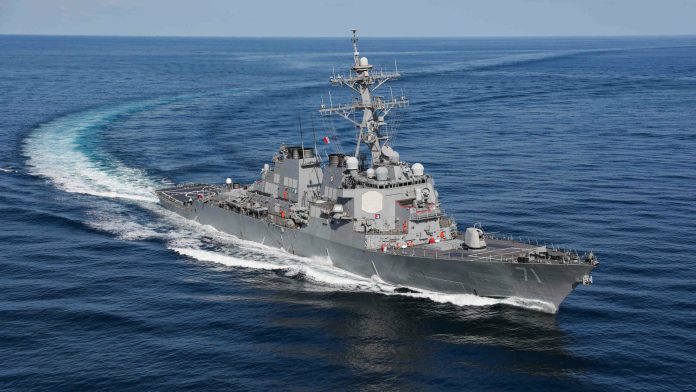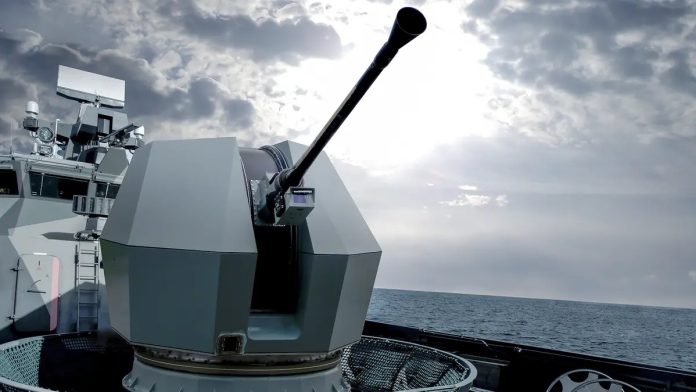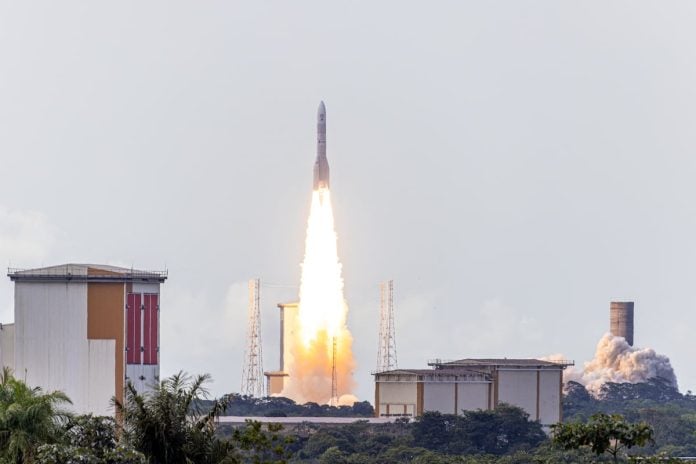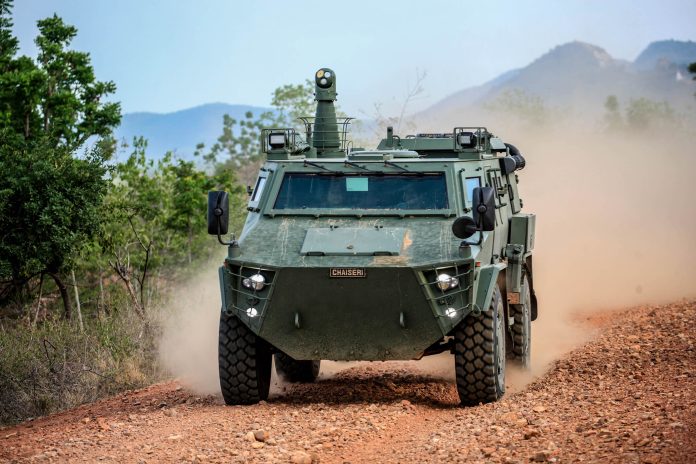Israel Issues 7,000 Additional Draft Orders for Ultra-Orthodox Community Amid Ongoing Conflict
JERUSALEM — In a significant move, Israel’s Defense Minister Yoav Gallant announced on Monday the issuance of 7,000 additional army draft orders for individuals from the ultra-Orthodox community, who have historically been exempt from mandatory military service until a recent Supreme Court decision overturned that status.
The latest draft orders follow an initial round of 3,000 notifications sent out in July, which had triggered widespread protests from members of the ultra-Orthodox community. The new orders are aimed at allowing the Israeli army to conduct screening and evaluation processes for those draft-eligible individuals, with implementation expected to commence in the coming days.
This escalation comes as Israel grapples with a pressing need to bolster troop numbers in the face of the ongoing multi-front conflict against Hamas in Gaza and Hezbollah in Lebanon. "The defense minister concluded that the war and the challenges we face underscore the army’s need for additional soldiers. This is a tangible operational necessity that requires broad national mobilization from all parts of society," the defense ministry stated in a public announcement.
Under current laws, military service is compulsory for Jewish men for a duration of 32 months and for Jewish women for 24 months. The ultra-Orthodox community, which comprises approximately 14 percent of Israel’s Jewish population—around 1.3 million people—has traditionally been granted exemptions from military service if they dedicate their lives to the study of sacred Jewish texts.
The turning point came in June when the Israeli Supreme Court mandated the conscription of yeshiva (seminary) students, declaring that the government could no longer uphold the exemption without a proper legal framework.
The backdrop to these developments includes the devastating October 7 attack by Hamas, which resulted in the deaths of 1,206 people, mostly civilians, according to official Israeli government figures. In retaliation, Israel’s military campaign has reportedly claimed the lives of over 43,374 individuals in Gaza, the majority of whom are civilians, according to numbers provided by the Gaza health ministry, which the United Nations has deemed credible.
Since late September, Israel has also broadened its military focus to Lebanon, where it has intensified airstrikes and deployed ground troops after a prolonged period of cross-border tensions with Hezbollah. This ongoing conflict underscores the urgency of troop mobilization amidst rising casualties and increasing operational demands on Israel’s military forces.


